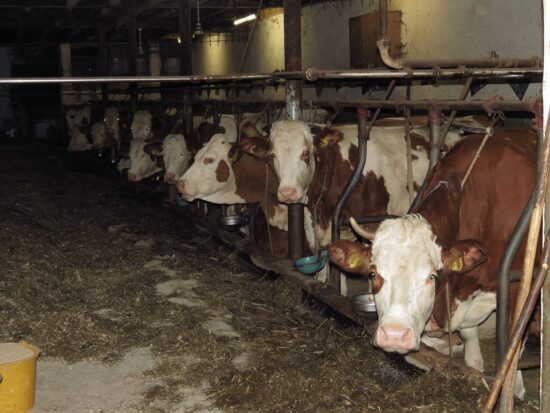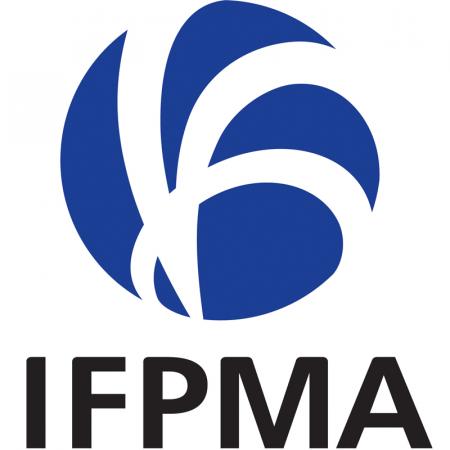Drivers of the emergence and dissemination of high-risk resistance genes in cattle farm
The WHO has identified extended spectrum β-lactamase (ESBL)- and carbapenemase-producing Enterobacterales (CPE) as critical concerns. A 2018 cattle farm experienced high cephalosporin resistance, leading to the import and transmission of blaCTX-M-positive Enterobacterales. These genes were likely introduced through wild birds and persisted due to overuse of cephalosporins. The spread of these genes was driven by suboptimal biosecurity practices and inadequate antibiotic stewardship, highlighting the need for integrated public and ecosystem health policies.
AMR NEWS
Your Biweekly Source for Global AMR Insights!
Stay informed with the essential newsletter that brings together all the latest One Health news on antimicrobial resistance. Delivered straight to your inbox every two weeks, AMR NEWS provides a curated selection of international insights, key publications, and the latest updates in the fight against AMR.
Don’t miss out on staying ahead in the global AMR movement—subscribe now!





